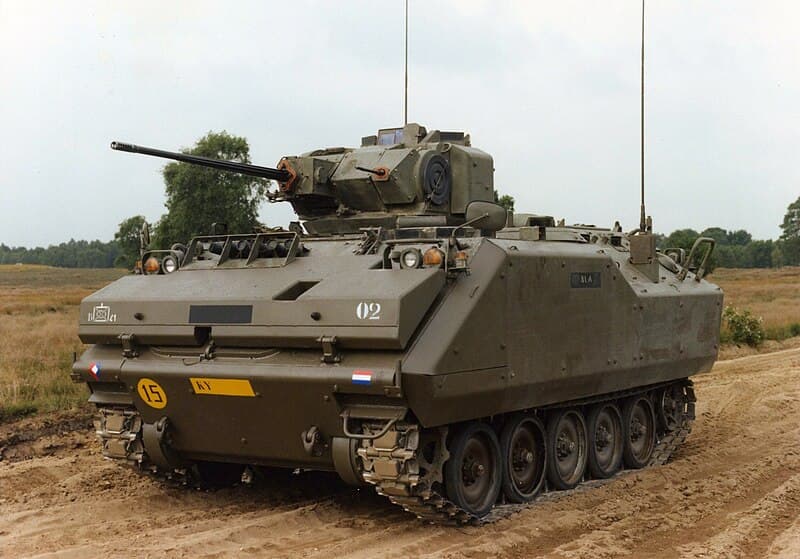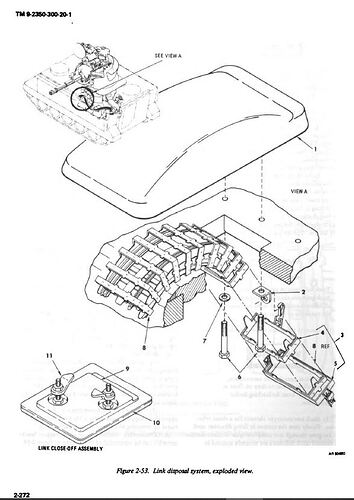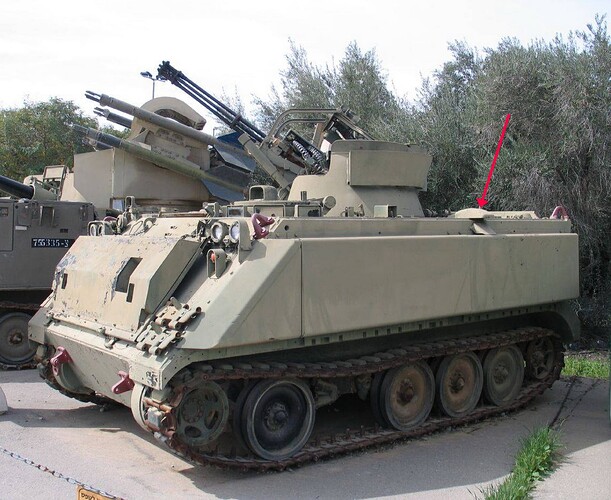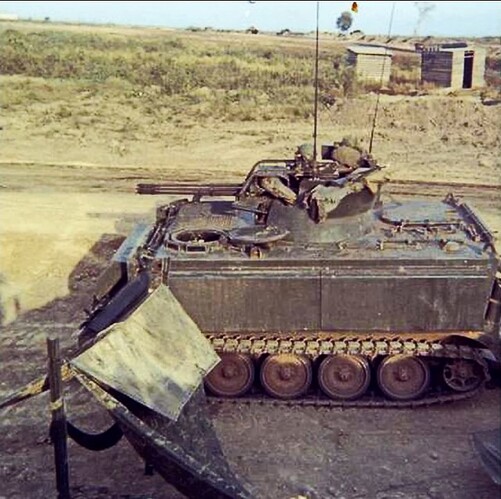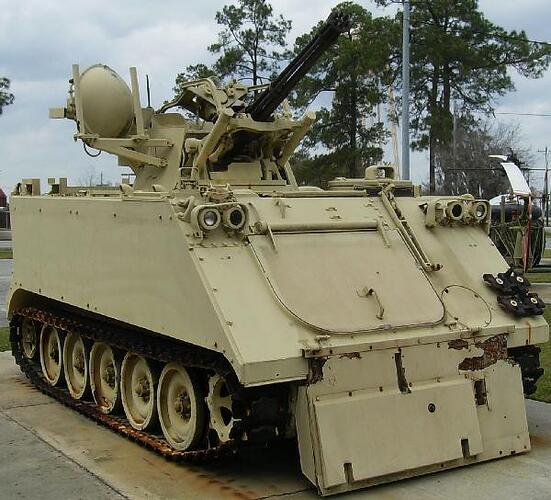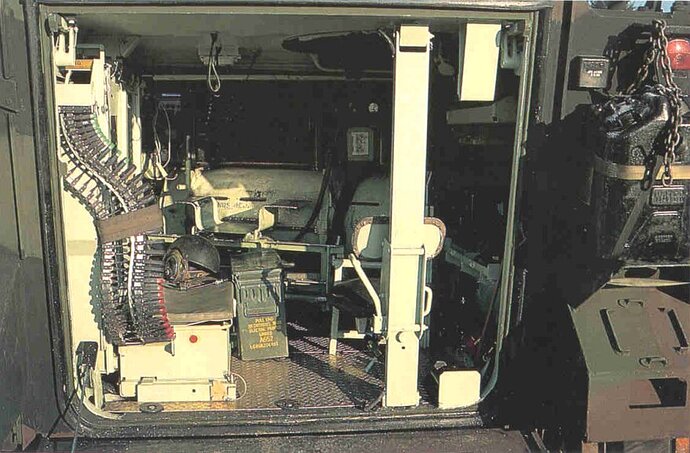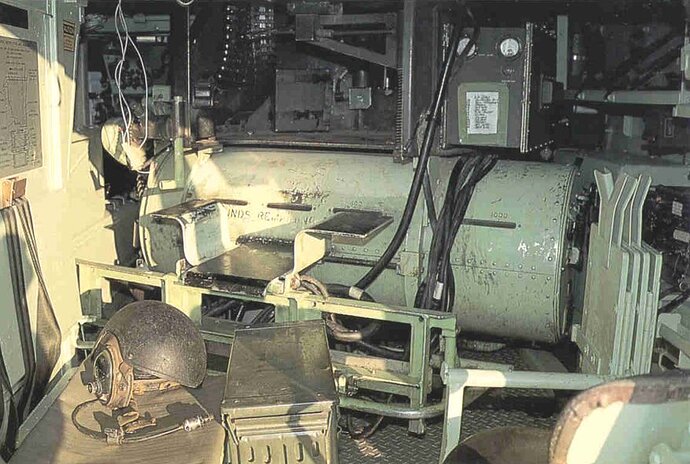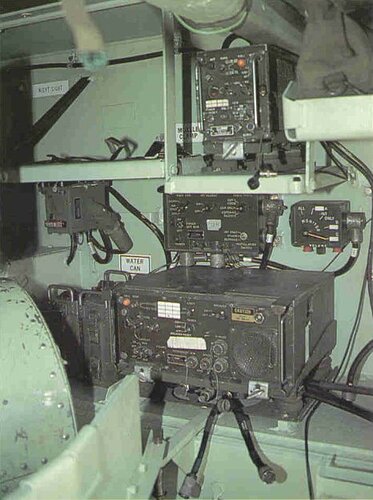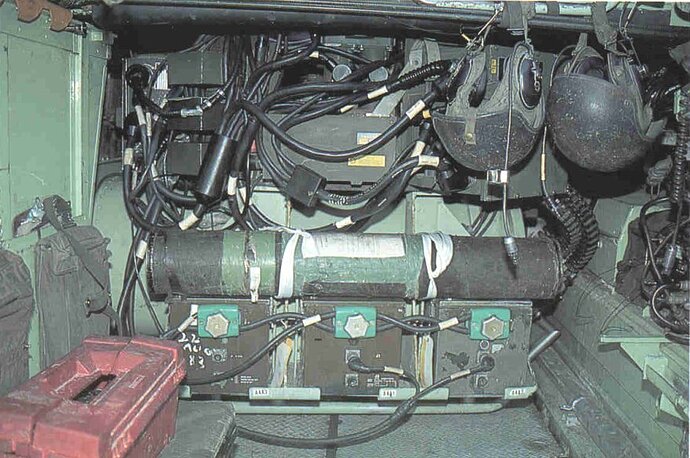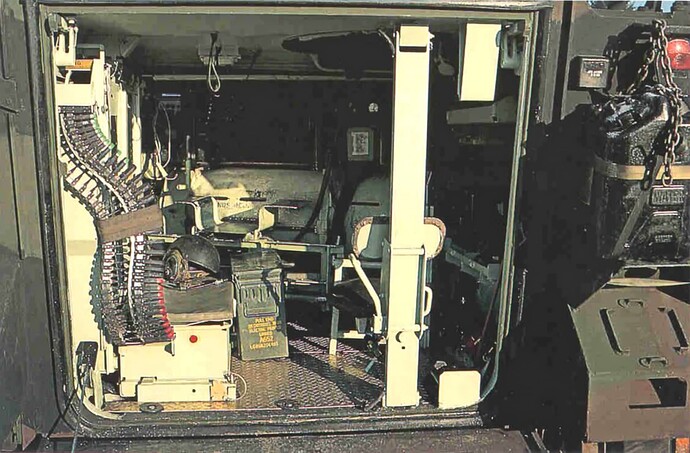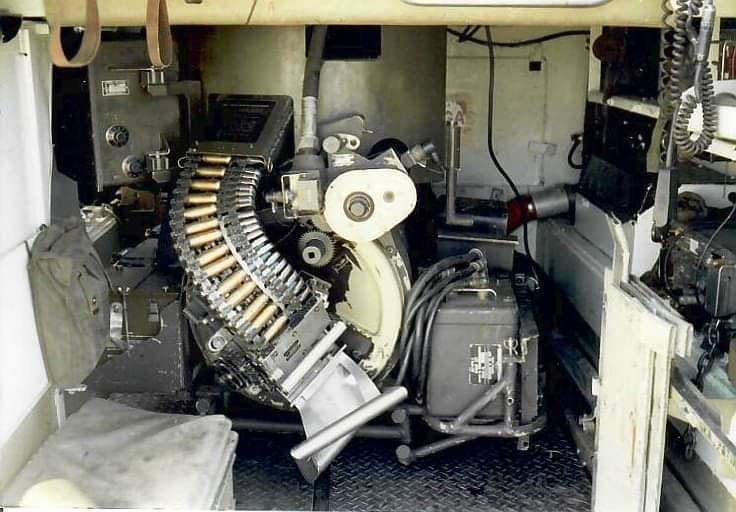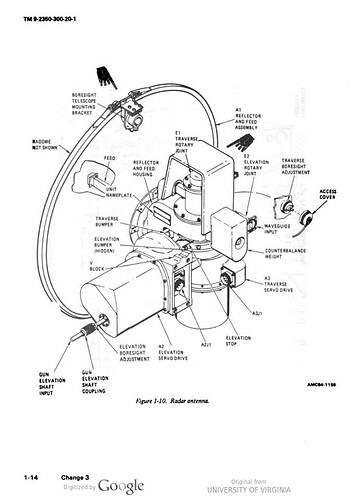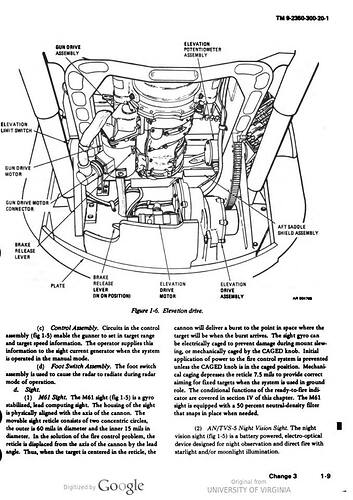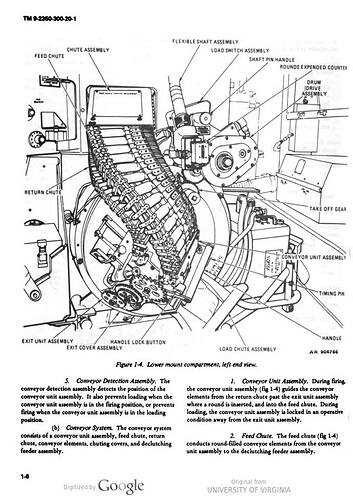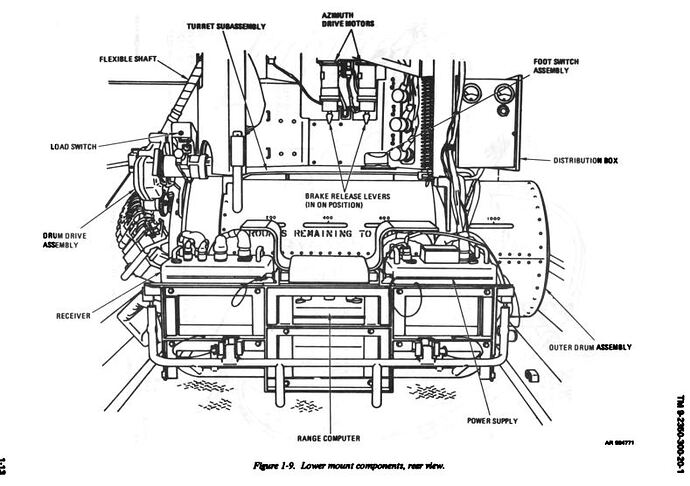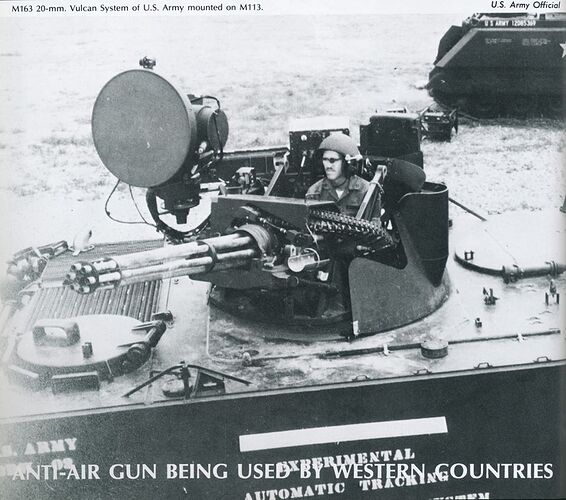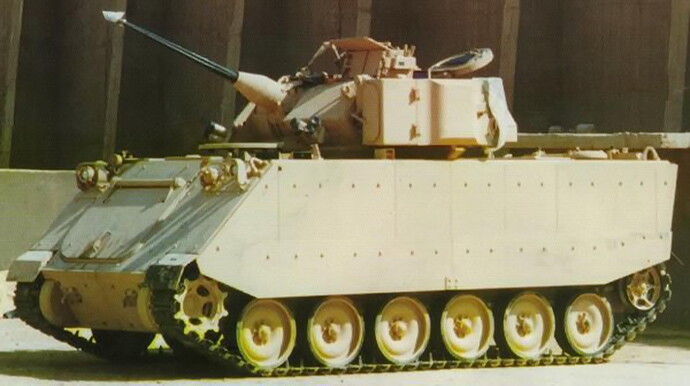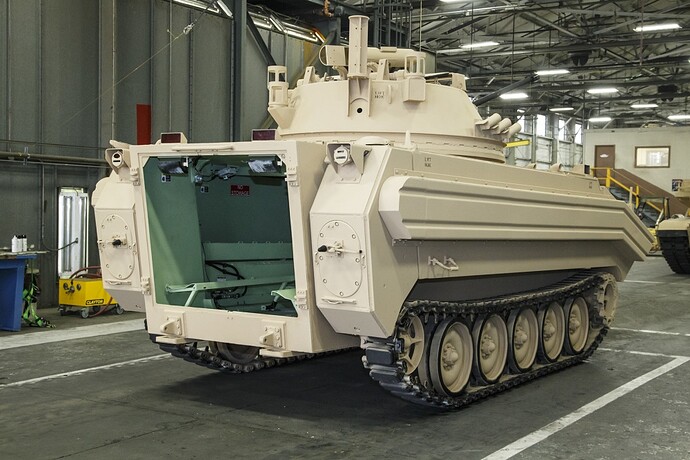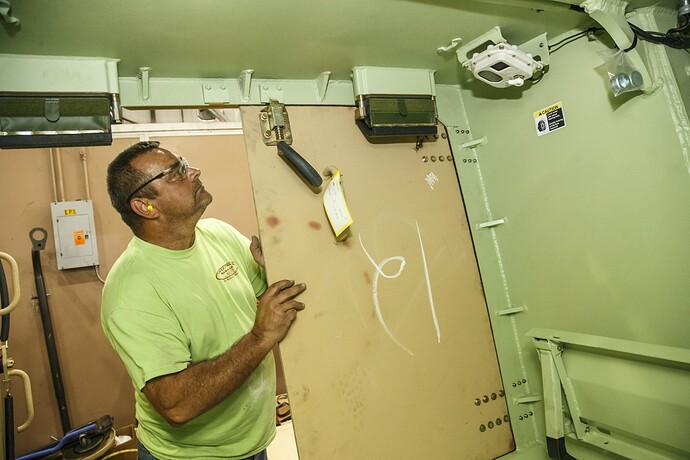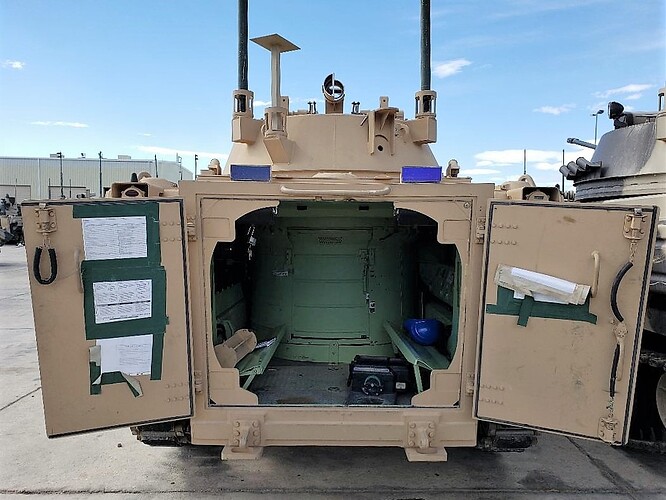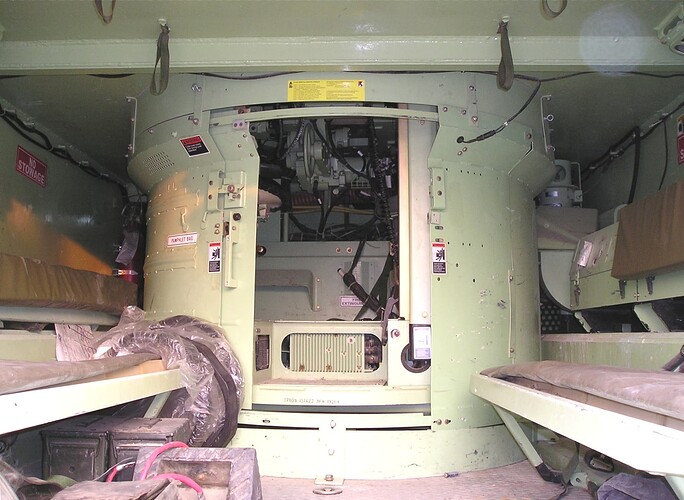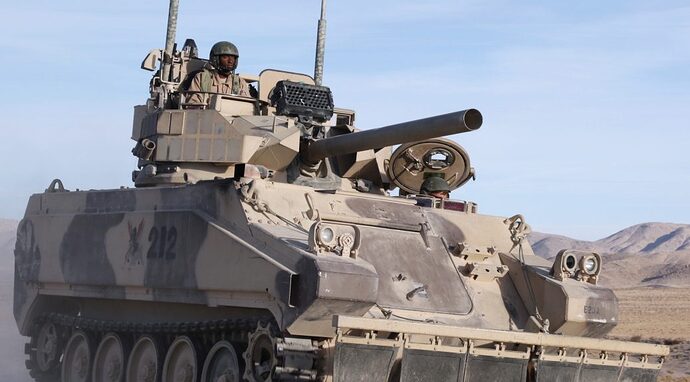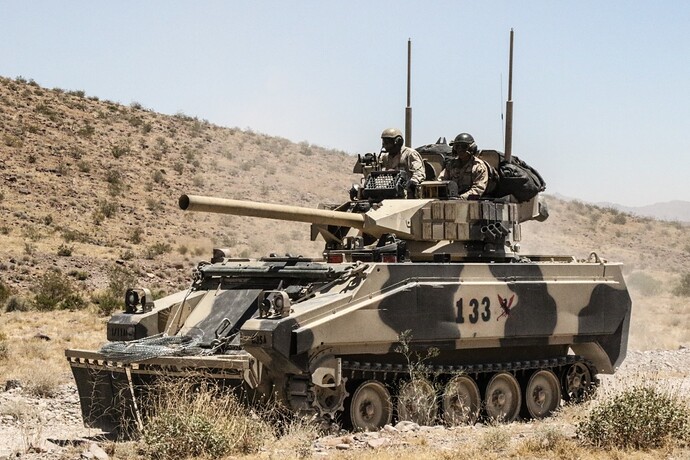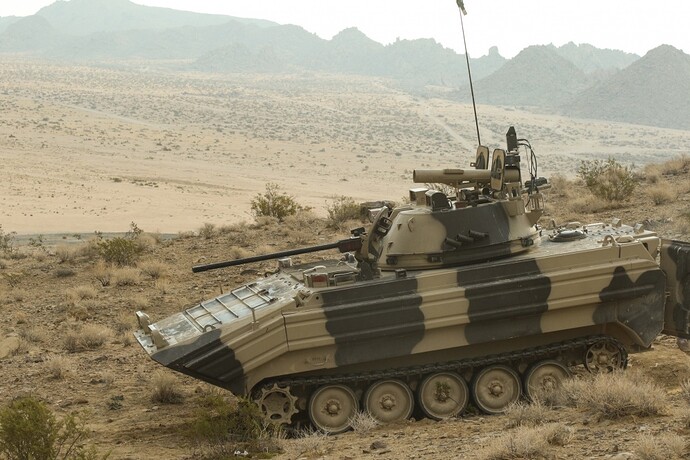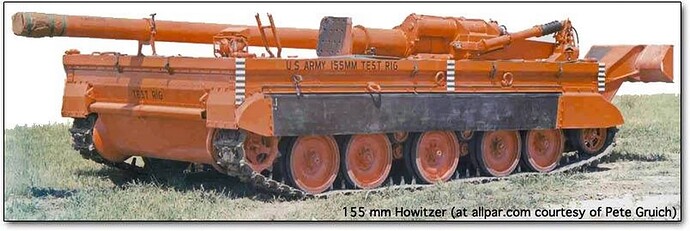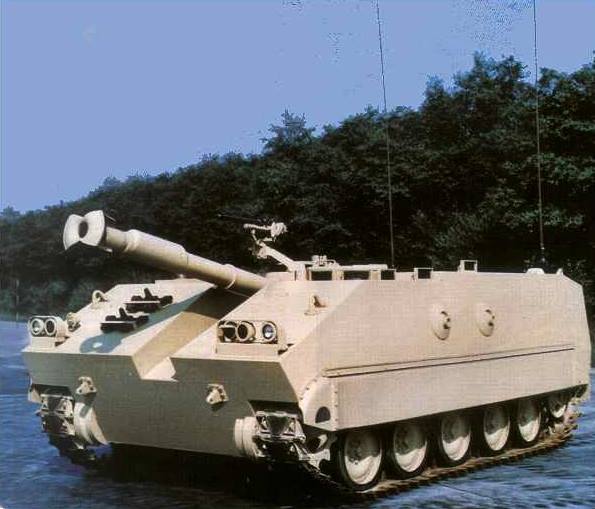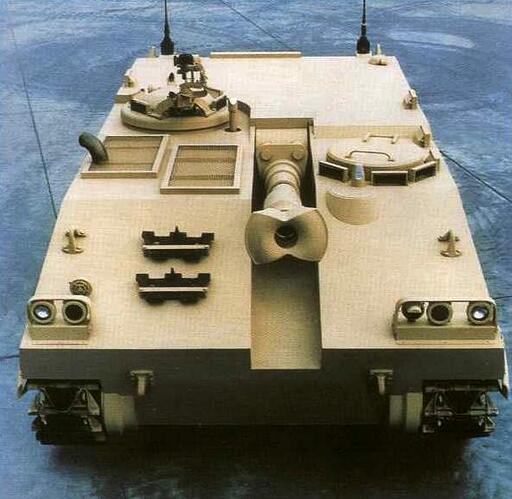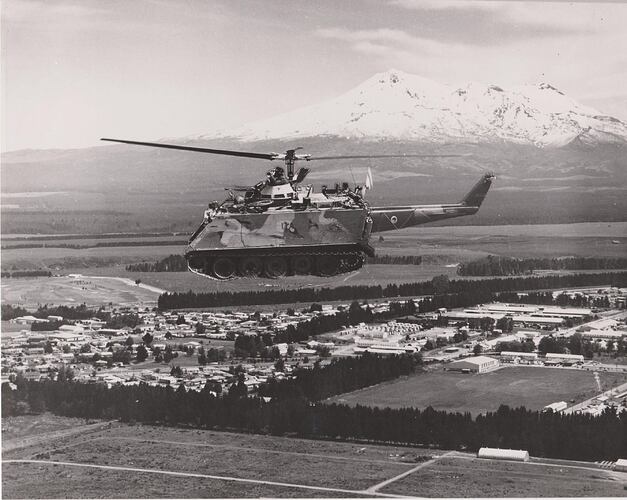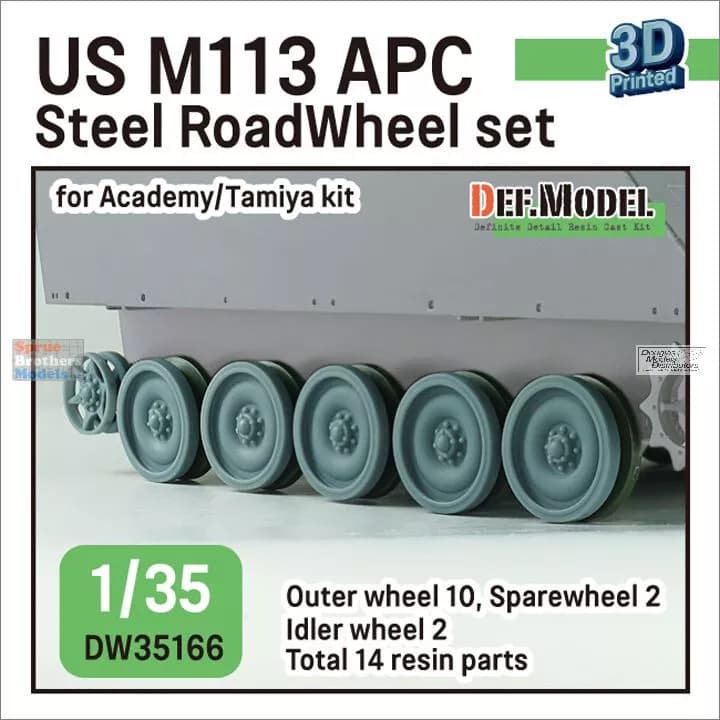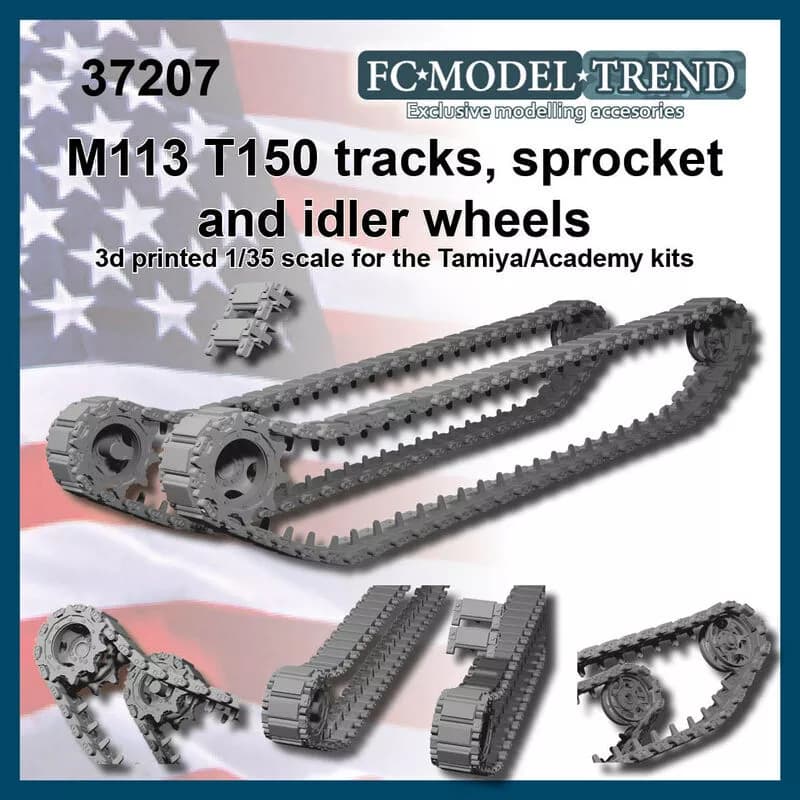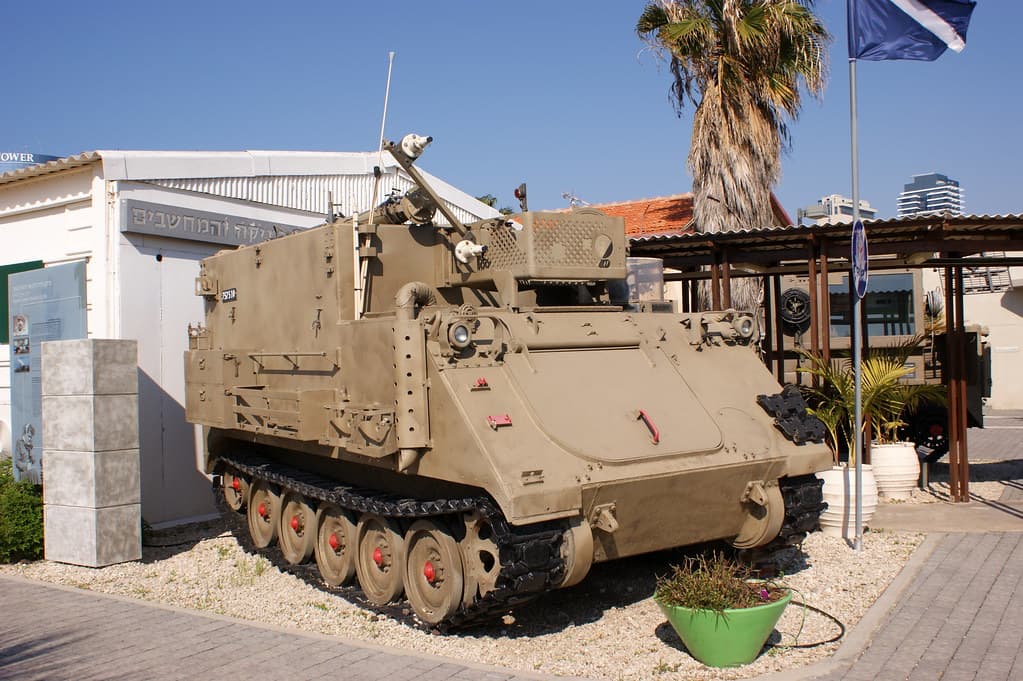I am in when this kicks off. Not sure if I will try to knock out the 1/16 kit, a 1/35 kit, or a couple of the Rubicon 1/56 kits. I guess it will depend what is going on next year and if I think I can finish a 1/16 scale kit.
That is a good point. I suspect all add on armor in the modern era is inherently disposable but since explosive reactive armor comes in small bricks, a does not make sense to cover them up in a manner disadvantageous to their modular nature and quick replacement.
After writing that, I learned the M163 (M113A2?) can use similar bolt on armor panels, circa 1988. The Academy M163 I intend to build includes them! Perhaps the puffy panels contain sloped ceramic slabs.
@ Damraska The K200 is based on the YPR version of the M113 and some added firing ports onto them. it is also partly from the development of the Bradley they ended up this shape like from the XM767

if you look at the shape of the side plates they are very similar to other early Bradley development variants like the XM723
which them merged into the XM2
and also branched into the vehicles like the Dutch YPR765 that is classed as part of the 113 family
Let’s see… an M113 ACAV is under construction for the Vietnam campaign, my M163 VADS is nearing completion, an YPR765 will be built for the Veteran’s campaign…
That leaves me with 3 options from the stash; the horrible Italeri M901, Tamiya’s M577 or M106A1.
yes they were only for extra floatation ability and not armoured, they were only thin and no they were not derived from the A2. the way to tell an early and later M163 is the early ones did not have the link disposal port on the drivers side
as can be seen here. if you look just beside the gun on the turret sheild you can see it is a slightly different shape than the very early version also that has more of a dip down as it does back from the front instead of strait back then up.
you can see the port is missing on this early one
other early ones if they did have a dish had no covered dome over the front like this one
a later model with the covered dome
heres a few interior shots

in the turret looks a bit tight
i do have a couple of manuals if anyone wants a look i can put on my google drive for download. was about 77 they swapped over to the later version with the dome and disposal port as the 76 manual still shows the open dome and no port
this was one of the very first trial versions and had a flat faced radar antenna and you can see the dip down on the left side shield. the feed chute was changed slightly to avoid this.
@AfvAficionado Yeah. You are right. They are part of a flotation kit.
The puffy side panels on the South Korean vehicle are applique armor. A similar applique armor package was developed for the M11A3 and appears on page 101 of Bradley by Hunnicutt.
Turns out there were all sorts of armor upgrades for M113s. In my opinion, the puffy ones for the M113A3 look the most interesting but I do not know if anyone adopted and used that specific vehicle.
Found more turret experiments, too. Seems like almost anything goes with an M113. There is even an experimental version resembling a Jagdpanzer IV.
@NZTankie Thanks for posting all those M163 pictures.
The Academy M163 has the link disposal port you describe (as it should) but not the little sheet metal deflection plate beneath it. Thankfully, the model does not include an interior.
the turret they use on the M113 Vismod vehicles is actually a striped down Bradley turret (and it shows how much is added armour on them) and Egypt before then used a full Bradley turret mounted on them for the EIFV.
but it is amazing all the different things they have tried adding to the M113 over the years.
the Vismod M113
heres a modified M113 hull with a 155 on it
this is the other one you mentioned (cant remember the designation it was given i think some called it the Assult Howitzer)
or the 37mm T249 Vigilante with the biggest rotary gun ever made
us Kiwis prefer to just fly our carriers around though LOL
I just reached page 300 of Bradley by Hunnicutt. What I find so interesting about the M113 is how designers constantly adapt it to meet new vehicle requirements, then those prototypes are further adapted resulting in whole families of interrelated vehicles, then ideas from the various families are crossed to produce even more variants, with technology marching forward the whole time. Good ideas are forgotten, Bad ideas reappear. War comes along and the good ideas reassert themselves.
Really looking forward to seeing what all of you come up with for this campaign. Could run this one for 10 years, a model a year, and barely scratch the surface.
Now that would make for a interesting model and heads will be turning at every show ![]()
Hoo Doggie. WHile searching for a kit to mail out in a trade, i discovered I had an Academy M113A3 in the stash… ![]()
Now, I’m thinking of building a correct A3. I will need help from @18bravo to get the correct DEF parts to make it a correct (or close to correct) build.
So; it’s either…
Or…
For an A3; also…
Proper T150 tracks. I know I’m missing something, but I don;t know yet…
Is there a book or website that details all the small changes to M113s over time? For example, how does one know that a given vehicle uses different tracks and/or wheels as described in the previous post?
I just look at photos for the track type. As for the wheels, I have seen the early type used up into the 80’s. I imagine a good photo recon works well for the wheels too, if you’re doing a specific vehicle.
This example has an early wheel on the front station:
Wikipedia probably gives a decent rundown of the series.
@18bravo Thank you for trying to help. I do appreciate the effort.
The problem I face is this: In order to know there are multiple track types in the first place, I need to look at a bunch of pictures and spot the difference (may happen if the track types vary significantly), spot the difference on models (usually happens when I see multiple track types for sale for a given vehicle), or happen to read a comment about the matter. Multiply this by the number of fittings that vary over time on the vehicle. To avoid messing up, I would really like to obtain complete information before starting a project.
The picture you attached provides an excellent example of my dilemma. Looking at those wheels, I do not see any difference. (I downloaded the picture and zoomed in.) I know the road wheels on American vehicles have an outer lip, and very few models replicate this, but based on your comment, something else is going on.
Old Squadron In Action books always helped with this sort of thing. They contain line drawings showing major design changes.
@Seanmcandrews In my experience, a typical Wikipedia article on a military vehicle includes a brief development history, dimensions of the original variant, a sentence or two describing each major variant, and a list of nations that use the vehicle. The latter is almost always very cursory and out of date. A major variant may get a separate article. Each article includes up to half a dozen pictures. No such article provides enough information to model a vehicle. Such articles are useful at the very start of a research effort to establish what existed and when.
There are some exceptions. For example, when building an American T30 super heavy tank, the relevant Wikipedia article helped me track down the exact serial number of each survivor.
…
I am not military. Two decades ago, I visited a handful of military museums and subsequently lost most of the pictures. Information found on the internet is always incomplete and often confusing. (There are some fantastic exceptions.) Most of my knowledge comes from books or whatever I happen to bumble into here.
I found excellent pictures of the M163 on the box top of the Academy kit. Now I wonder, does that model include the correct tracks and wheels?
It took me a while to notice myself. Most people wouldn’t, so you’re safe either way. But if you look very closely you can barely discern a regularly spaced rivets outside the “hump” in the wheel.
By the way, museums are a conundrum. Do they even have the correct track. One vehicle I can think of in a museum display managed to get a few things wrong.
Then there’s the T-10 at APG with the wrong engine deck - just so they could cover it up.
Got it. With that additional information, it was a simple matter to find close up pictures of wheels with and without the outer ring of rivets. To the credit of the model designer at Academy, road wheels in the M163 kit are correct–4 bolts inside ring, 8 bolts middle ring, 18 rivets outside ring. (They do not have the lip and may have other issues I am not aware of.)
Yeah. Museum errors come up often in model accuracy discussions. My impression is that armor museum historians are now striving for much greater historical accuracy but mistakes still happen on a regular basis. On the Bovington Tank Museum YouTube Channel, David Willey often talks about efforts to fix such problems.
Hope this reference helps.
As far as I know only 2 types of track, the single pin type of the original design and the double pin type that started to show up around the time period of OIF. Roadwheels are aluminum with riveted steel wear rings or all steel. As far as knowing what’s what you’re in the right place, just ask.
Thank you for the information on the tracks. I will look for pictures.
As for knowing what is what, I am still looking for books but there is not much out there.



